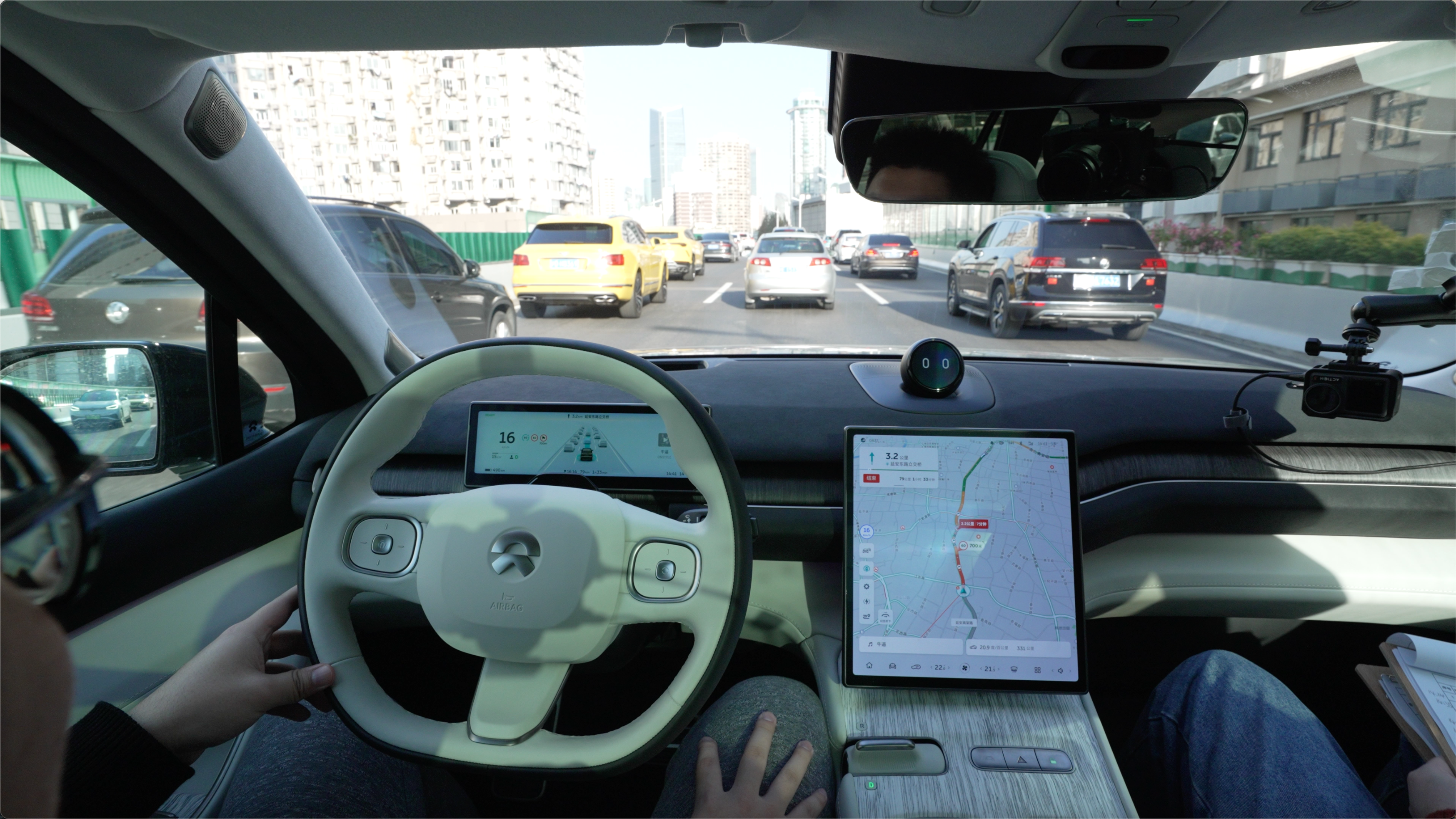NIO NOP+ Finally Comes into Navigation Mode
We have started testing NIO NOP+ a few days ago, which has covered 210 km on highways and 90 km on urban roads with 22 ramps, including smooth, congested and various ramp conditions in the surrounding areas of Shanghai. The video is being edited, and we’d like to share some information with you via this article.
About Pushing Time and Charges
Currently, NOP+ is in the navigation phase, and it is expected to push the trial version to all 775 users in about half a month. Since all NIO NT 2.0 platform’s advanced driver assistance system hardware is standard equipment, any NIO ES8, ES7, or ES6 vehicle can use NOP+.
The trial period is expected to last until the first quarter of next year but the duration is not entirely fixed. The NIO Intelligence Driving team will consider the data and expected results to determine the time point to transition from trial to formal.
During the trial period, no fees will be charged. As for how to charge and whether buy-out is available after the trial ends, the official has not yet announced.
Differences between NOP and NOP+
The differences between NOP and NOP+ can be divided into hardware and software. It isn’t necessary to repeat the full-scale iteration of hardware, and the software side has also transitioned from partial supplier (vision) + partial self-research (regulation) to full-stack self-research (vision + regulation).
It’s also because of the process of transition from non-self-research to full self-research that NOP+ comes so late.
In addition to the above differences, NOP+’s high-precision map is provided by Tencent, while NOP’s high-precision map is provided by AutoNavi. Unless unexpectedly, this will be the first time Tencent’s high-precision map has gotten on the car.
It should be noted that most navigation-assisted driving car navigation systems based on “high-precision maps” will use the same suppliers as high-precision maps, making navigation information and high-precision maps match easily.
At present, NIO’s entire system uses Autonavi maps for car navigation, while Tencent’s high-precision maps are used for high-precision maps, which are a few of the cross-maps.
Using Tencent’s high-precision maps can also be understood, as Tencent is NIO’s second largest shareholder, and deeper cooperation with Tencent is feasible.
In previous communications with NIO, we also asked this question. In their view, although using the same maps is more convenient, it’s still essential for NIO to solve cross-map issues because all vehicles must comply with European standards, and it’s necessary to solve this problem in Europe. Therefore, NIO began to face this issue from NOP+ in China.### Experience with NOP+
In terms of experience, I’ll start with the conclusion: The NIO NOP+ is the best navigation-assisted driving system I’ve ever deeply test-driven.
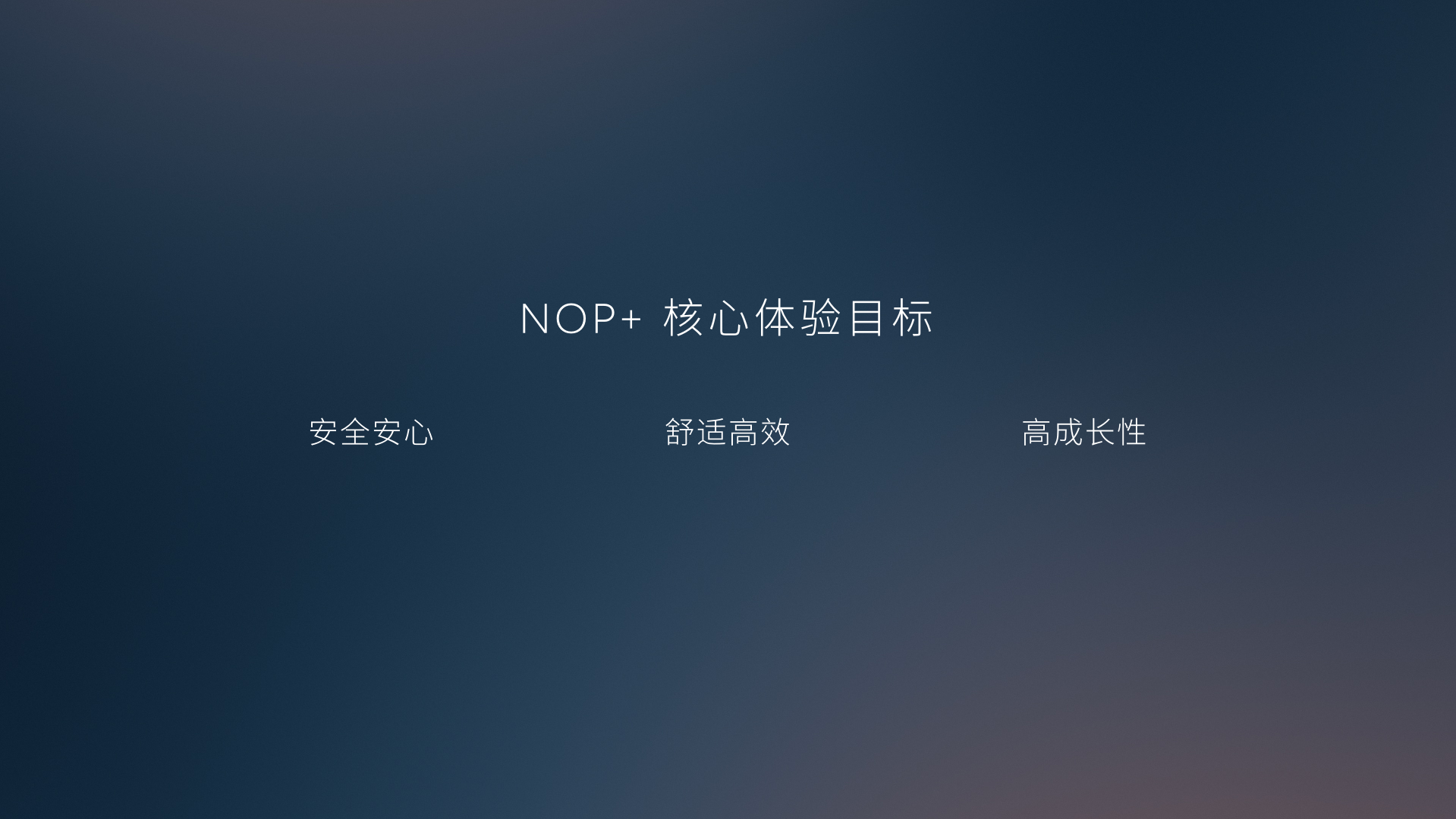
For specific performance, you can watch the video, but I’ll talk about a few things that left a deep impression on me in terms of changing lanes and entering ramps.
Lane change strategy
-
On open roads, if a slow car is encountered in front, the system can accurately identify and change lanes in advance.
-
If there is a car in the target lane, the system will immediately initiate a lane change when there is enough space and the car in the target lane has overtaken our car, rather than rigidly waiting for the car in the target lane to move far away before changing lanes.
-
If a simultaneous lane change occurs with the car in the back, the system will not be particularly conservative and immediately retreat, but will accelerate immediately like a human driver while changing lanes.
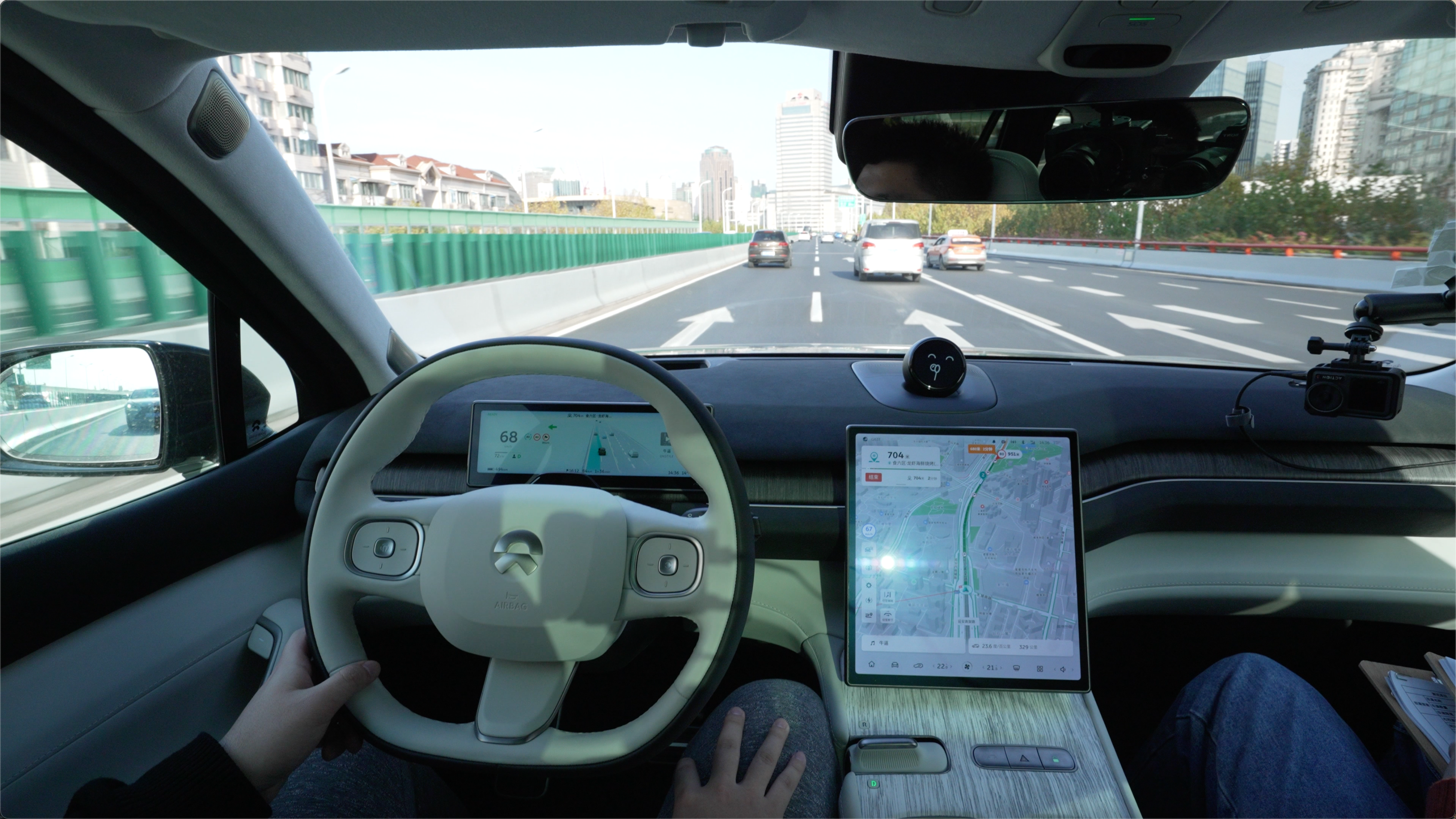
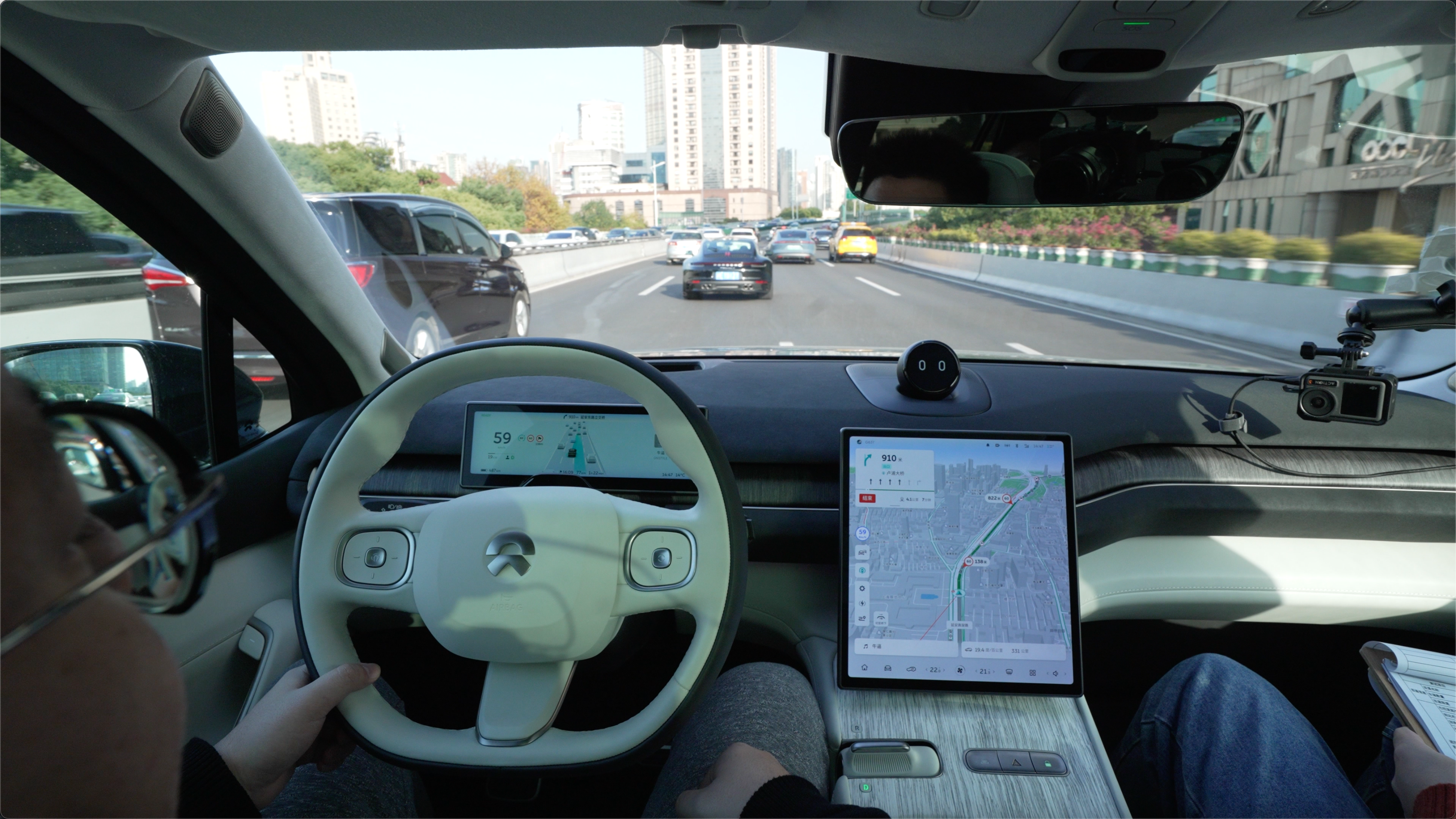
Ramp strategy
First, the timing of entering the ramp and initiating a lane change is very flexible.
In the logic of changing lanes from left to right, NOP+ initiates the first lane change at about 2 km on a 4-lane road, the second lane change at 1.5 km, and the third lane change at 1 km. This rhythm is very appropriate.
In heavily trafficked sections, the timing of merging into the ramp is not fixed, but is linked to the congestion information of the navigation. If there is congestion, the system will initiate a lane change in advance, elongating the time to initiate a lane change and starting to look for opportunities to change lanes earlier. This helps to increase the success rate of merging onto the ramp;
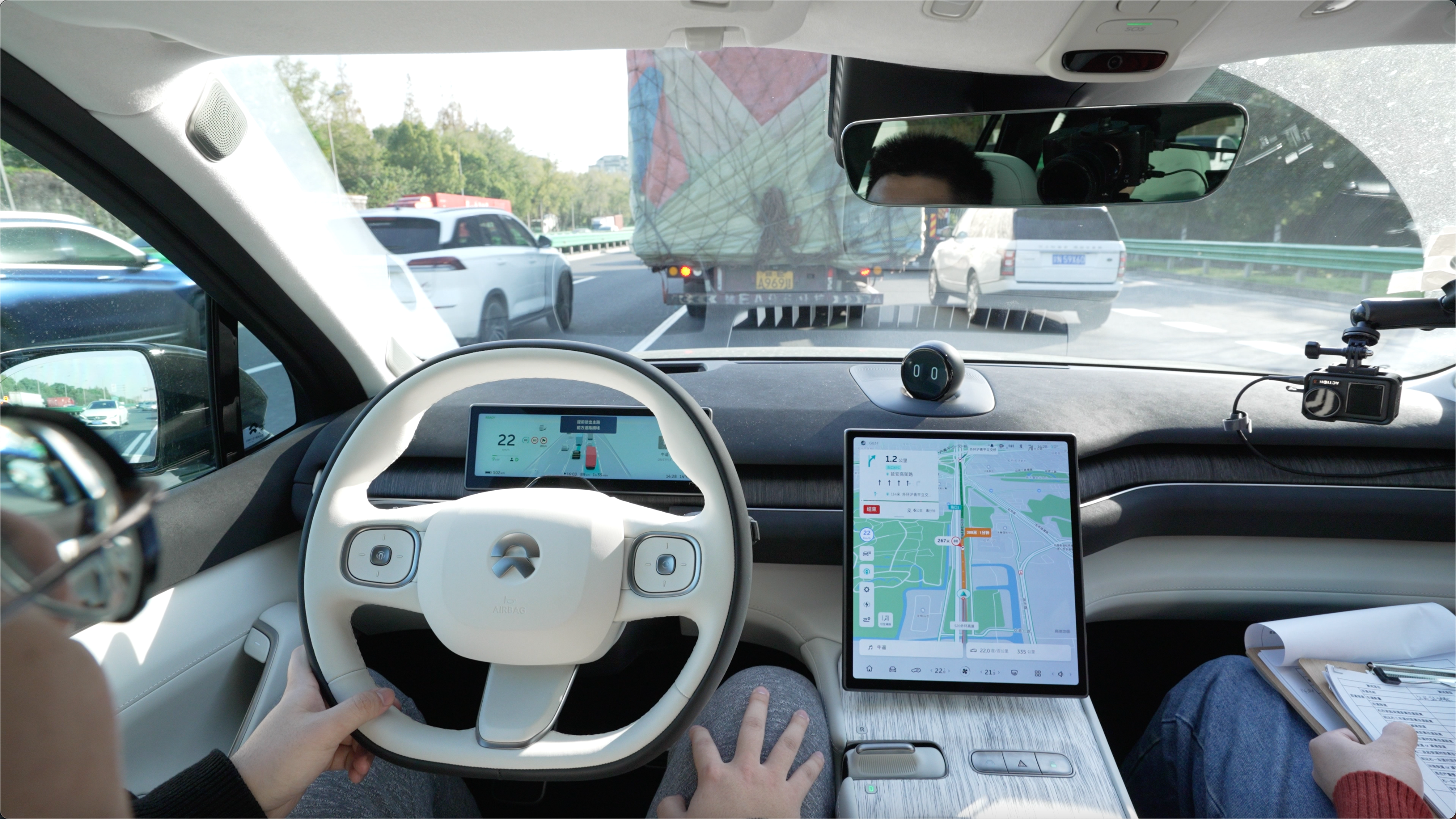 Second, very smart speed control.
Second, very smart speed control.
Before entering the ramp, we certainly have a process of deceleration, but the timing of deceleration is very clever. In many of the models we tested before, to ensure the success rate of entering the ramp, many cars lowered their speed to 80 or even 60 km/h on the main road, which is very dangerous.
NOP+ will maintain the road speed limit on the main road until entering the ramp, and only start decelerating at the moment of entering. Moreover, the lateral control is also very stable.
The speed control after entering the ramp is also very clever. In most of the models we have tested before, unconventional rules were adopted to drive according to the speed limit, some adjusted it according to 80-60-80 km/h, and some maintained a speed of 40 km/h throughout. Following rules is following rules, but excitement is indeed exciting.
After entering the ramp, NOP+ will adjust the speed limit to 70 km/h. If a large curved corner is encountered later, the system will actively adjust the speed according to the curvature of the corner. Therefore, compared with the speed control logic that locks the speed, the whole speed control of the ramp by NOP+ is very smooth and there is no sense of uneven speed.
Third, clever speed adjustment when merging onto the main road.
When entering the main road from the ramp, it is inevitable to encounter a car on the main road. In our previous tests, many models failed to merge onto the main road because there happened to be cars on the main road.
On NOP+, the system will proactively speed up first, try to increase the speed to a speed similar to that of the main road, reduce the speed difference between the vehicle and the vehicles on the main road, and thus improve the success rate of merging.
If a car appears with the same speed as ours and keeps blocking us, the system will quickly reduce the speed to find a new chance to change lanes.
These are the smart strategies of NOP+.
About the flaws and precautions of NOP+ at present
We encountered three flaws in this experience.
-
When following a car at low speed, the system occasionally brakes heavily, affecting comfort;
-
In a congested environment, after the system initiates a lane changing failure, it will continue to initiate repeatedly, giving passengers the feeling of always initiating a lane change but not being able to complete it;
-
When cruising at 120 km/h, although the target speed is 120 km/h, the actual speed is 119 km/h, which is not very friendly for those who have OCD.
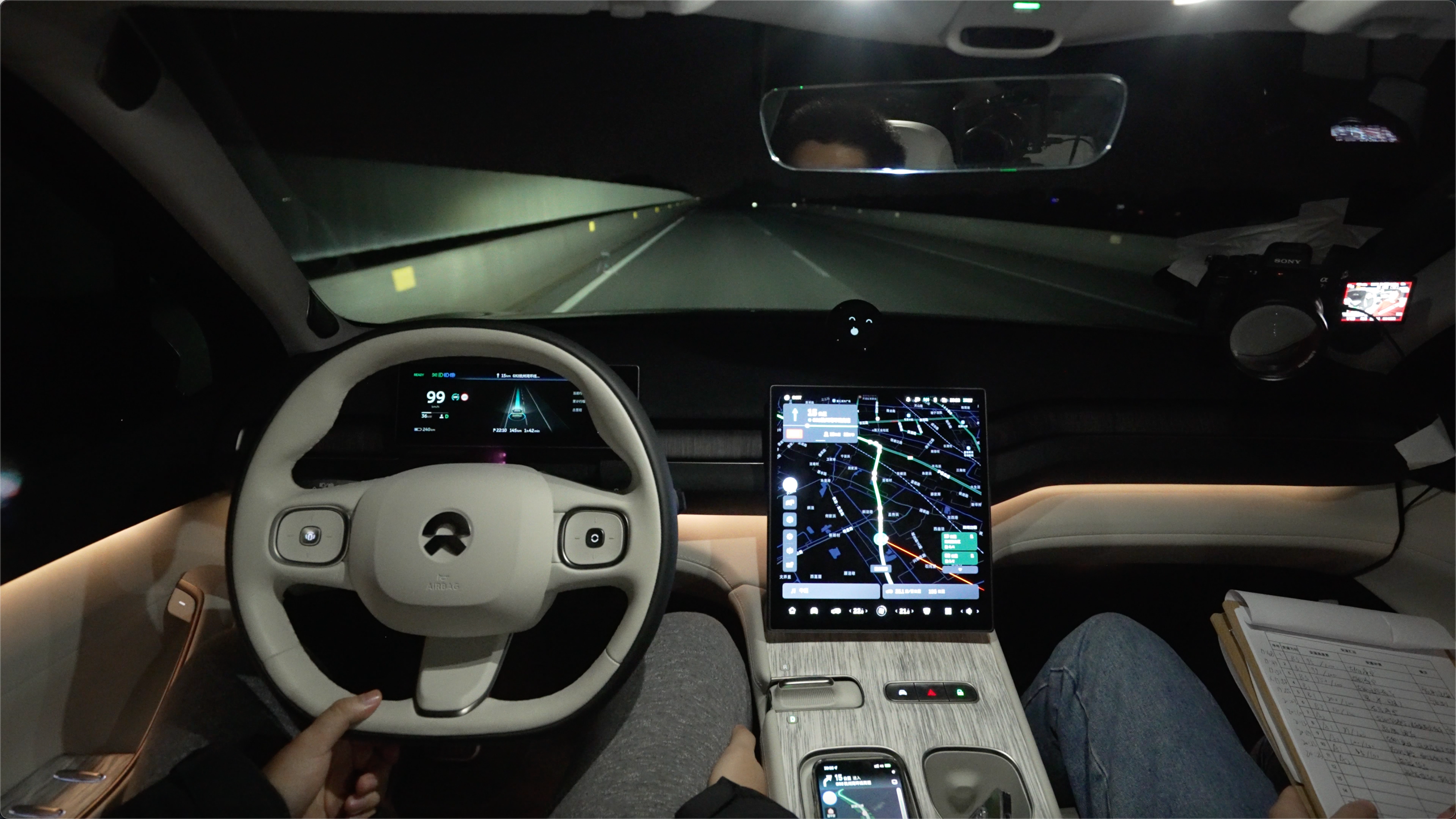 The above 3 flaws, the first two of which have already been optimized by NIO and will be fixed in the next software version, while the last one may be calibrated and optimized through software for individual vehicles.
The above 3 flaws, the first two of which have already been optimized by NIO and will be fixed in the next software version, while the last one may be calibrated and optimized through software for individual vehicles.
Finally, there were 5 takeovers during our test drive this time. One time, the car suddenly exited the curved section in the ramp halfway through, another time the system was degraded before the ramp, and I took over to avoid going the wrong way. The other three times were caused by vehicles in adjacent lanes crossing the line or suddenly changing lanes, and the speed difference between the two cars was too great, so I took over in advance to avoid danger.
Through these 5 takeovers, I also want to tell everyone that this system is still an assisted driving system, not an autonomous driving system. Not to mention truly dangerous corner cases, if there is a dangerous situation that surpasses your threshold, do not hesitate to take over.
This system still relies heavily on high-precision maps and positioning, which means that the stability of each ramp is related to the precision of the positioning and the quality of the map. If the route changes or the positioning is inaccurate, it is likely to cause a dangerous situation. We also encountered several situations where the function was degraded due to map issues during our test drive.
In addition, although the NT 2.0 platform has added lidar, it still does not react to littering on highways.
Regarding the planning of NOP+ in the future, Ren Shaoqing, Assistant Vice President of NIO’s Autonomous Driving R&D, also revealed in communication that NIO will update its perception architecture to use the BEV model architecture in the first half of next year, and at the same time, the control logic of NOP+ and NP will be integrated into one.
In plain language, there will be a major update in the first half of next year, which will switch from the current heavy-map route to a heavy-perception route.
In terms of the experience, after this round of NOP+, NIO stated that they will focus on two main scenarios. The first is construction, which can improve overall driving safety, and the second is congestion, which is a scenario where users highly value the autopilot function.### About the Future Plan of NT 1.0 Platform
There will be four aspects of optimization for the upcoming NT 1.0 platform:
- Sharing Banyan interactive design
- Optimization of human-machine driving experience
- Centering and adaptive experience optimization
- Addition of traffic light recognition feature
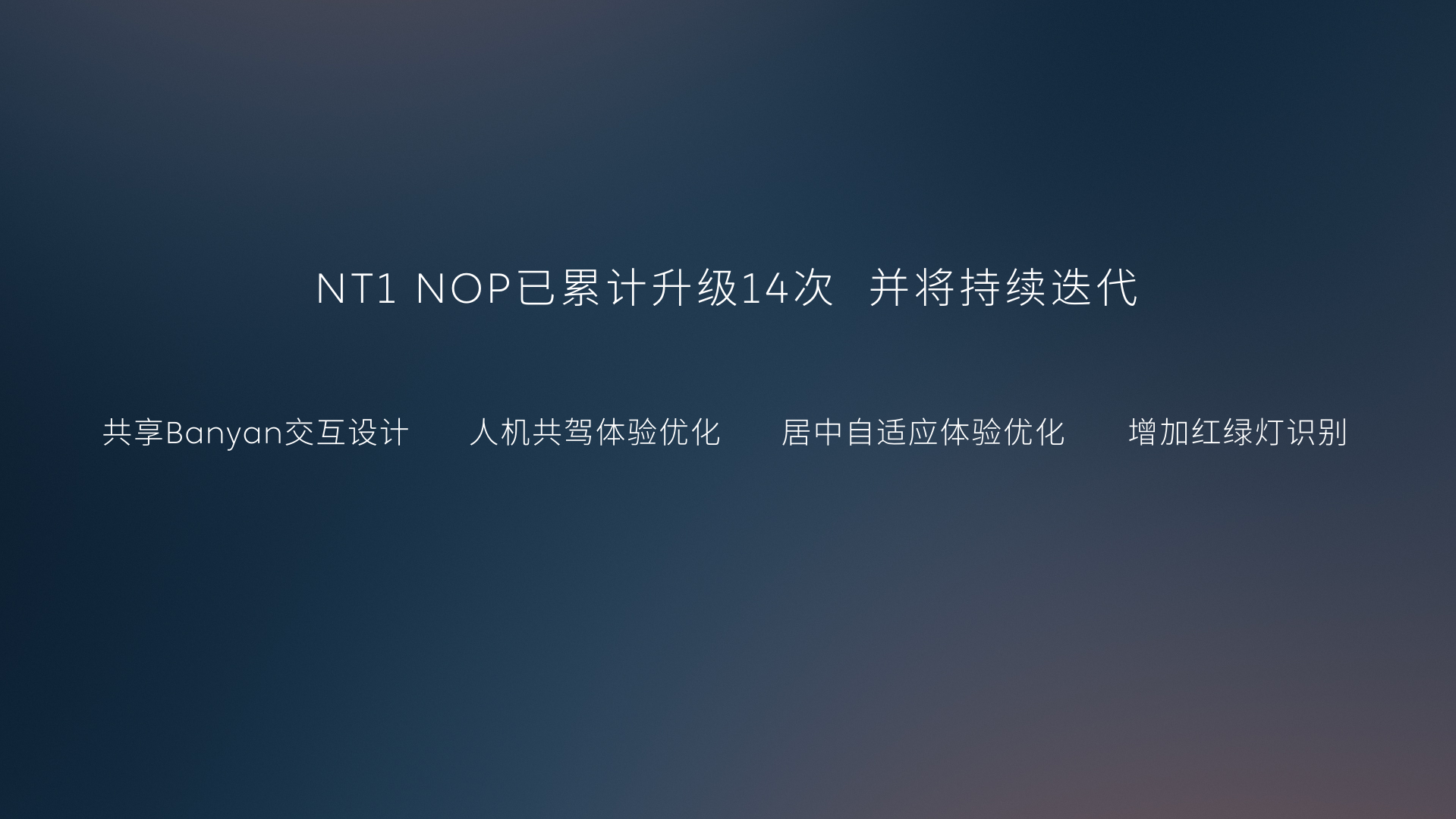
It can be seen that there will be no major functional changes for NOP in the upcoming NT 1.0 platform, mainly focusing on the optimization of user experience. NIO officials have also stated that the current performance has already approached the upper limit of the NT 1.0 platform.
This article is a translation by ChatGPT of a Chinese report from 42HOW. If you have any questions about it, please email bd@42how.com.
